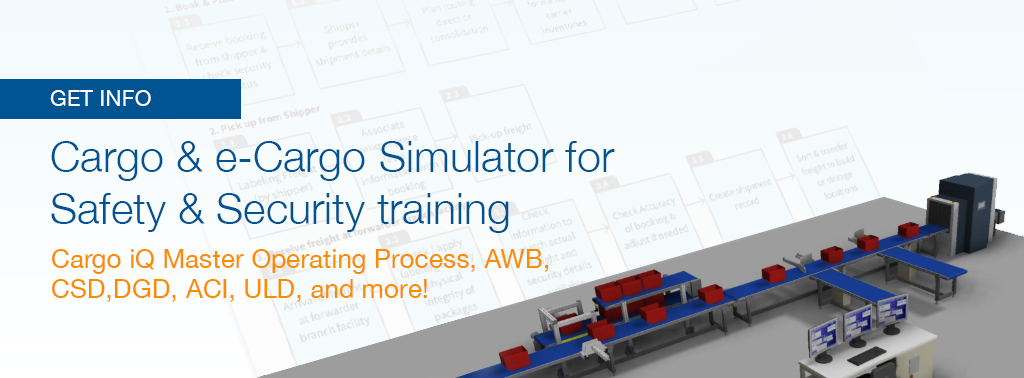The aviation industry is a prime example of a sector that should be eager to adopt the new eIDAS enabled tools and services. The industry has a large volume of identity checks to perform, these checks are very time-sensitive and cost intensive and all of this has a direct impact on customer experience. Given this trifecta, the aviation industry needs to make the transition to digital sooner rather than later and make full use of the electronic identification, authentication and trust services offered by the eIDAS regulation.
A study conducted by Deloitte in 2018 for the European Commission looks at the current state of affairs with regards to the use of eIDAS based electronic IDs in the aviation sector. It identifies several irritants which can be eliminated with the use of eIDAS based eIDs but it also identifies certain shortcomings. Such sector specific case studies are crucial in order to understand specific issues faced by businesses and how solutions can be tailored to match their unique circumstances.

Accuracy of data is obviously a major concern for airlines. It is not only a matter of customer experience and cost, but of safety as well. Let’s look at some of the challenges for the aviation sector and how eIDAS can help.
- Speaking of costs due to incorrect data, its estimated to be at € 650+ million for airlines due to a combination of fines, repatriation costs, maintenance costs etc.
As per the report, almost 50% of the self-declared identity information needs to be corrected when its checked at the airport. eIDAS enabled electronic ID can help solve much of this problem.
These electronic IDs contain data that is verified by government agencies and can be transmitted seamlessly to a compatible system without the introduction of unintentional errors or intentional fraud. - Interoperability and compatibility across borders is another hurdle. However, this is another key focus area for the eIDAS regulation. The system is designed to promote cross border use. It offers legal, operational and semantic compatibility so across the EU Single Market.
- The third major area of concern is surrounding customer experience. No one likes to spend time waiting for ID checks, yet they are critical for safety. As errors are minimized and the time spent by the customer on the identification/ data rectification process is reduced, the customer experience undoubtedly improves. eIDAS is useful here, but airlines are already moving towards biometric identification which is where the next frontier seems to be.
Of course, there are still some hurdles that remain. Not all the information required by airlines is contained in eIDs. The actual use of eIDs is also not universal currently. These and other specific issues need to be worked on in order to provide workable solutions to the airline industry. Nevertheless, the data accuracy problem can at least partially be addressed along with the concern about cross border interoperability.
These are the main focus areas of eIDAS and by making the best use of these tools, airlines can noticeably reduce costs and enhance customer experiences across the board.
References and Further Reading
- Articles on eIDAS related to security, assertion and non-repudiation in corporate and financial processes (2015 - today), by Michal Tabor, Guillaume Forget, Gaurav Sharma and more, published on the Cryptomathic Website.
- Articles on eIDAS related security and related Hardware and Software Security Infrastructure (2018 - today), by David McNeal, Gaurav Sharma and more, published on the Utimaco Website





